Sant’Agata Bolognese, 16/06/2021: Ferruccio Lamborghini started his company in 1963 to create the perfect sports car. Lamborghini was clear he wanted a V12 engine: although the naturally aspirated V12 powerplant is challenging in terms of technology and dimensions, Lamborghini was adamant that it was the only possible choice for a top of the range Lamborghini. Thus, the Lamborghini V12 tradition was created, with the twelve-cylinder’s inimitable and emotive sound, acceleration and performance a part of the Lamborghini flagship legacy ever since.
The Lamborghini 350 GT presented in 1963 featured the V12 3.5 l engine developed in house under Giotto Bizzarrini, mounted at a 60° angle with a double overhead camshaft, and outputting 320 hp. Legend suggests that Lamborghini offered Bizzarrini a bonus for every additional horsepower he could muster. The car’s broad front hosted the powerplant, adopting the mechanical layout common at the time and the concept that ‘the oxen pull the chariot’.
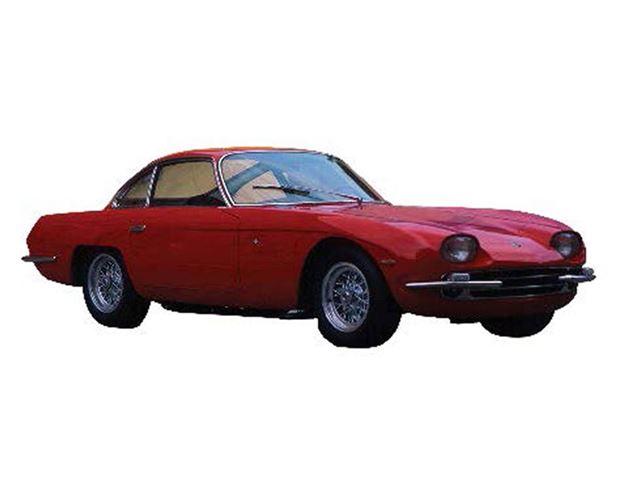
Lamborghini 350 GT
Then as now, acceleration and the feeling of being ‘pressed’ into the seat are some of the most engaging sensations from a super sports car. The V12 aspirated engine, both then and now, is the inimitable choice for linear power and speed, delivering sportiness, responsiveness and progression without vibration.
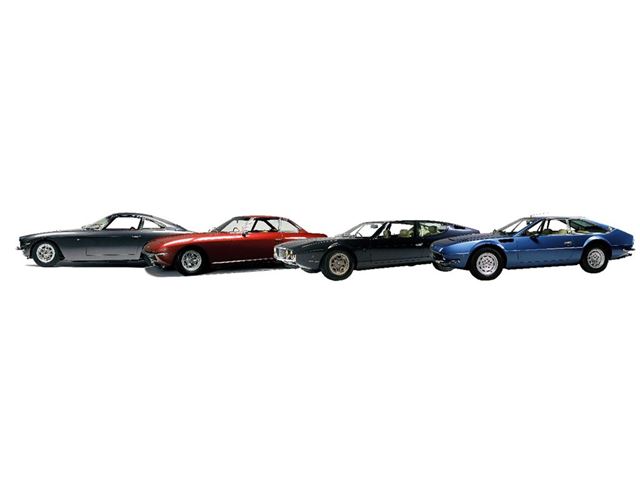
From left: 400 GT – Islero – Espada –Jarama
The first Lamborghini V12 continued as the base for further iterations of the V12 engine, with various refinements developed in subsequent models. The 400 GT (1966) developed the V12’s engine capacity to 4.0 l with increased bore and stroke, producing 320 hp at 6,500 rpm and a top speed increase from 250 to 270 km/h. This new 4.0 l engine was the base for a number of significant future models, including the two-plus-two Espada (1968) with 350 hp and top speeds of 260 km/h. The Islero (1968) outputting 330 hp, evolved into the Jarama (1970), initially delivering 350 hp before a 15 hp increase in the Jarama S, and possibly the favourite car of Ferruccio Lamborghini who, like the evolving world around him, desired a sporty two-plus-two.
However, performance relies on science, not just courage, and Lamborghini recognised that the further the engine is placed towards the middle of the car, the better the weight distribution achieved. The Miura (1966) disrupted all rules: combining engine and transmission in a single casting up until the final editions of the Miura SV, the 4.0 l V12 powerplant in the so-called P400 was moved to the middle-rear of the car, in a transversal position. The design of the car addressed this new layout and an icon was born. The fastest production car at the time of its launch, outputting 370 hp, with acceleration 0-100km in 6.7 sec. and a top speed of 285 km/h, the Miura’s mid-rear engine layout set a new standard for Lamborghini and other high-performance marques.
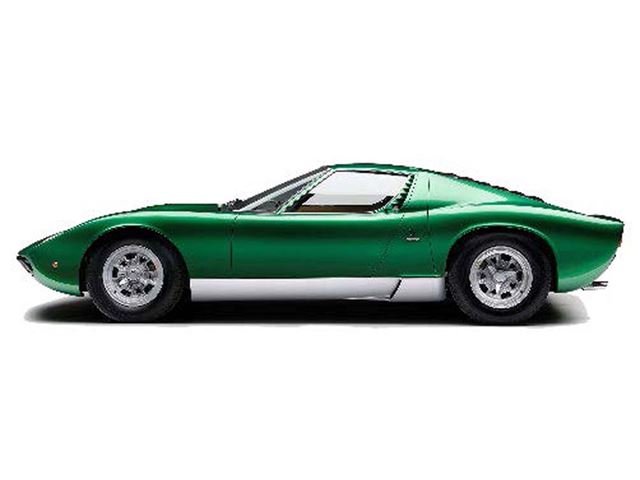
Lamborghini Miura
From now on 370 Lamborghini bulls started pushing the chariot rather than pulling it, confirming the brand’s innovative approach to engineering its aspirated-engine super sports cars.
Since the first V12 prototype, the sound of the V12 has been an automotive symphony, and in the Miura the orchestra sits very close to the ears of the pilot. Each of the 12 cylinders must move tuned with the others: 12 outstanding violins coordinated by the most competent conductor and the result of R&D and technical excellence, while the crescendo – the frequency that climbs higher, gear-by-gear – enhances the sensory and physical appeal of the V12’s performance.
After the success of the V12 models of the 1960s and early 1970s, the Countach (1974) again relocated the engine: back to the rear, longitudinally, hence its LP (Longitudinale Posteriore) and 400 (4.0 l engine displacement) moniker. With its bold design incorporating scissor doors and distinctively nuanced detail, the Countach wrote a new history in the design language of Lamborghini super sports cars, and with a top speed of 300 km/h played music even closer to the pilot’s ears.
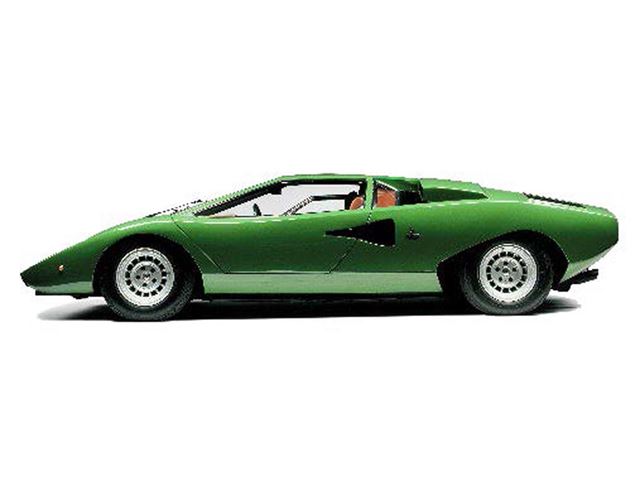
Lamborghini Countach
The LM002 (1986) had the honour of incorporating the Countach engine – now with a 5.2 l displacement outputting 444 hp – at the heart of the very first SUV. Delivering top range power and torque, its on and off-road performance was accompanied by the sound of the V12 orchestra.

Lamborghini LM002
Although there were no further location options to explore for the engine mounting as the best solutions were already in place, nonetheless research into continually enhanced performance did not stop. The Diablo (1990) with its 5.7 l, 485 hp V12 powerplant confirmed the LP engine position, but offered a four-wheel drive system for the first time together with 0-100 km/h acceleration of 4.5 seconds and a top speed of 320 km/h.
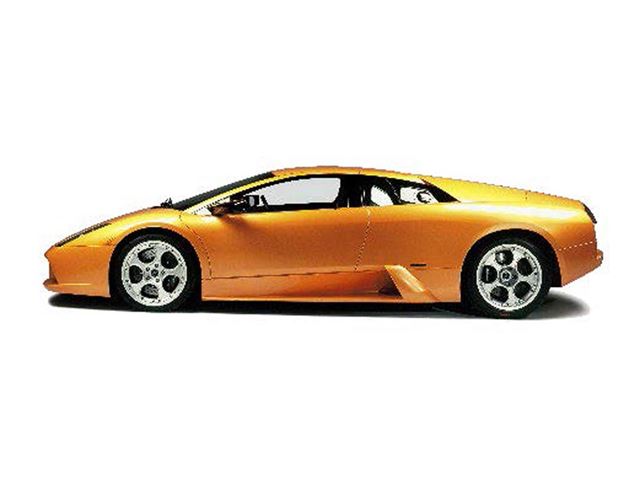
Lamborghini Diablo
As the new century dawned with the launch of a new flagship model in 2001, the infamous Lamborghini V12 was still the engine of choice as the Diablo handed over to the Murciélago, with an initial 6.2 l capacity delivering 580 hp and the final 330 km/h Super Veloce version, with increased capacity of 6.5 l, delivering 670 hp as denoted in its suffix: LP 670-4.
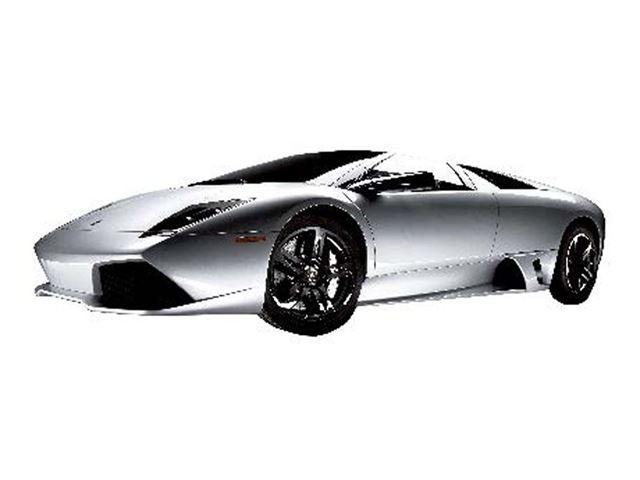
Lamborghini Murciélago
The latest V12 chapter starts in 2011, with the launch of the Aventador and its remarkable all-new 6.5 l V12. Delivering 700 hp, acceleration from 0-100 km/h of just 2.9 seconds and a top speed of 350 km/h, no less than four engine variants to date include the SVJ’s powerplant delivering 770 hp and 720 Nm of torque at 8,500 rpm.
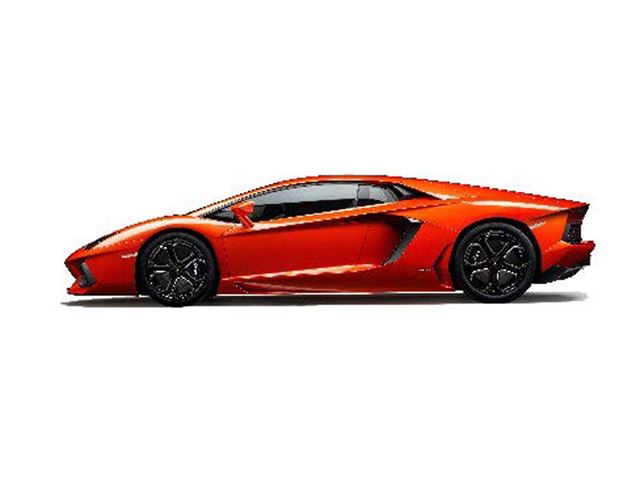
Lamborghini Aventador
The Lamborghini V12 engine is a piece of engineering performance art, with hands on a steering wheel needed to really understand the unique power and sound.
Looking forward to meeting one, you can listen to its music.
